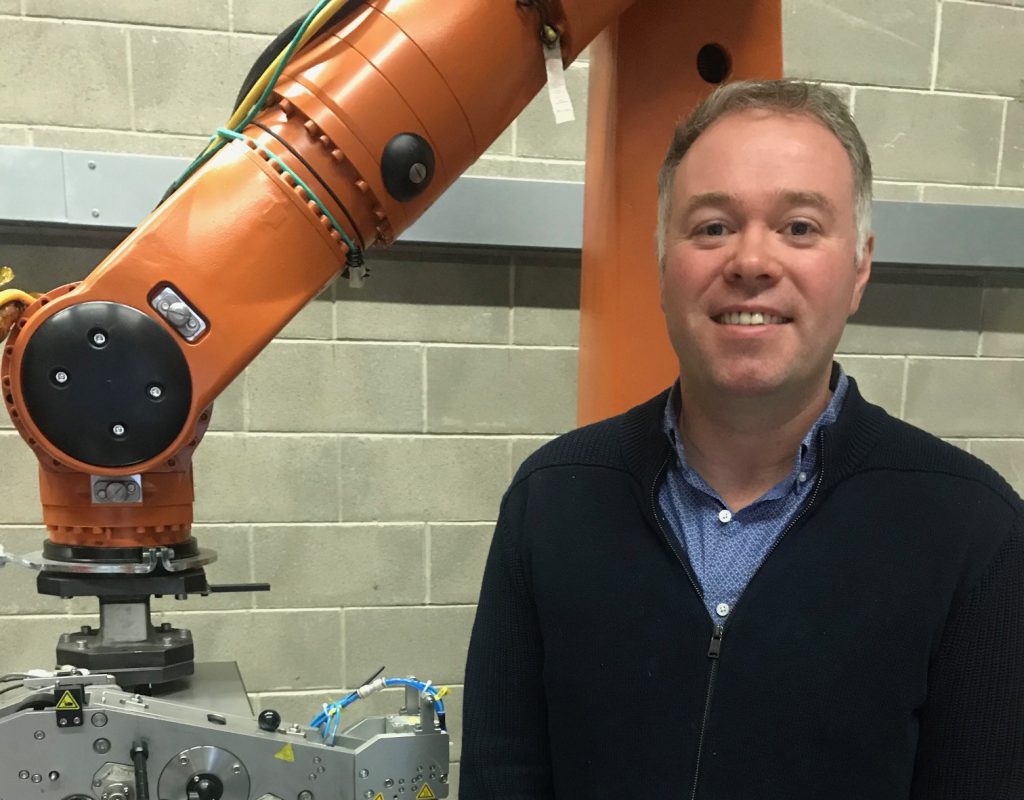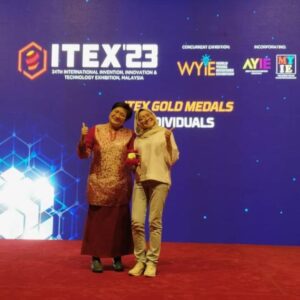This week on Leaders’ Insights, Prof Conor McCarthy of the SFI Confirm research centre talks to us about the future of smart manufacturing.
Prof Conor McCarthy is a chair of lightweight structures in the Faculty of Science and Engineering at the University of Limerick(UL) and the centre director for the new Science Foundation Ireland (SFI) Confirm smart manufacturing research centre.
McCarthy’s main area of research is in joining lightweight materials, mostly for high-performance structural applications, where he has published more than 120 papers and four book chapters. He currently leads a large research group looking at novel joining methods.
He is an SFI Principal Investigator and leads major research programmes in engineering science. His interests include industrial automation; bolted, bonded and thermally joined composites; multiscale damage mechanics; and non-linear finite element analysis.
Describe your role and what you do.
I am the founding director of Confirm, a national smart manufacturing research centre funded by SFI, with 42 industry partners. Confirm is led by UL, with Tyndall National Institute, University College Cork, NUI Galway, Maynooth University, Cork IT, Athlone IT and Limerick IT as key partners. Confirm’s vision is to transform and grow Irish manufacturing by integrating intelligence within products, production systems and supply chains.
Confirm is a research centre, and so my role as its director is to lead the research portfolio in a direction that is cutting-edge, highly novel and industrially relevant, so that Ireland Inc can get ahead of the curve in digital manufacturing globally. I do this by reading the latest industry and Government strategy documents on digital manufacturing and related topics; by visiting and collaborating with world-class research centres such as the Fraunhofer in Germany; and by carrying out research with my team on some of the latest key enabling technologies, such as digital twin and novel joining and assembly processes.
How do you prioritise and organise your working life?
I am a goal-oriented person, which means that I set out about five to six major goals to be achieved throughout the year. This allows me space to think strategically about things. While I still have many day-to-day operations works to do to lead the Confirm centre, I tend to prioritise those tasks that lead to demonstrable outputs, which, in my world, are: writing research grant applications, writing peer-reviewed journal papers, working with industry on exciting new technologies, and leading the Confirm centre to have a major impact on Irish industry and commerce.
What are the biggest challenges facing your sector and how are you tackling them?
Industry 4.0, also known as the fourth industrial revolution, is by far one of the greatest challenges facing the manufacturing industry in Ireland today, and indeed globally. Ireland currently operates in a pipeline manufacturing paradigm, were everything happens in a linear fashion, ie the product R&D and design is normally carried out in the US, with high-quality manufacture carried out in Ireland, and with logistics and services being provided generally offshore.
‘We must come together as a nation and work towards making Ireland a world-leading digital manufacturing powerhouse’
– PROF CONOR MCCARTHY
However, industry 4.0 will enable digital connectivity between parts, machines, production systems, plants and supply chains, and so this will allow for manufacturing to be realised on a platform, meaning that R&D, design, production, logistics and services can now happen simultaneously from anywhere in the world. Ireland must be part of this disruptive transformation. The platform economic revolution has already happened in transport (eg Uber), accommodation (eg Airbnb) and media (eg Facebook) and will happen in manufacturing some time in the near future, and Ireland needs to be connected digitally to capitalise on this.
What are the key sector opportunities you’re capitalising on?
The key sector opportunities that we are capitalising on are the fact that Ireland is ranked second only to Germany and Switzerland for potential to lead in industry 4.0. This is due to our manufacturing share (as a percentage of our GDP) and our high levels of process sophistication, degree of automation, workforce readiness, innovation intensity, high value added, industry openness, innovation network and internet sophistication.
However, in order that we turn this leading potential into a leading position, we must come together as a nation and work towards making Ireland a world-leading digital manufacturing powerhouse. In Confirm, we call this our Community of Practice mission where we are building a new state-of-the-art manufacturing research facility at the Park Point facility at the gates of Limerick city, where companies can worth together with our researchers and other companies to create the next-generation digital manufacturing technologies in a non-competitive, pre-production environment.
What set you on the road to where you are now?
When I was the assistant dean of research in the Faculty of Science and Engineering at UL, I undertook the task of deriving a new strategy for manufacturing. When we looked closely, we found that we had more than 40 stakeholders with significant science and engineering offerings in the verticals of manufacturing.
In 2016, SFI launched a call for new research centres and we decided that we would respond to this. However, industry 4.0 is highly multidisciplinary and so we decided that we would invite the aforementioned research-performing organisations to be involved as they added significant value from both a science and engineering, and industry partnership, perspective. After about one year of proposal writing, industry workshops and interviews, the Confirm centre was funded by SFI and industry to a value of €47m over six years.
What was your biggest mistake and what did you learn from it?
I guess the biggest mistake I made was not working towards a defined strategy. For example, in 2007, I submitted about six disparate proposals to different funding agencies in a somewhat ad-hoc manner, and most were funded. While this may seem like a great success, I became extremely busy managing all of them over the following years. However, what does not kill you makes you stronger, and the main lesson I learned from this is that you must always have a career plan/strategy, a plan B, and then just leave it at that!
How do you get the best out of your team?
I simply ask them to define their goals for the year and then I monitor their performance based on these goals being achieved. This results in a win-win for everybody.
STEM sectors receive a lot of criticism for a lack of diversity in terms of gender, ethnicity and other demographics. Have you noticed a diversity problem in your sector? What are your thoughts on this and what’s needed to be more inclusive?
The manufacturing research sector is currently gender-imbalanced. In Confirm, we are embarking on a major education and public engagement programme to change the perception of manufacturing in Ireland by showcasing its major strengths all the way from primary schools to the general public.
We aim to change the perception that manufacturing is a low-paid and somewhat dirty career. It is anything but. I have had the good fortune to visit about 100 companies over the last 12 months, and the sector is extremely advanced and pays very well. I would think it provides for a very exciting career for all genders, ethnicities and other demographics.
Who is your role model and why?
I have a number of role models, and the unifying attribute that they seem to have is that they are highly dedicated to their chosen discipline. This is something I try to emulate in my daily life.
What books have you read that you would recommend?
My most recent read that I would recommend to everybody is Fermat’s Last Theorem by Simon Singh. For more than 350 years, proving Fermat’s Last Theorem was the most notorious unsolved mathematical problem, a puzzle whose basics most children could grasp but whose solution eluded the greatest minds in the world. In 1993, after years of secret toil, Englishman Andrew Wiles announced to an astounded audience that he had cracked Fermat’s Last Theorem. His dedication to achieve this was simply outstanding!
What are the essential tools and resources that get you through the working week?
When I arrive in on Monday, I don’t open email first. I open my calendar. This allows me to think about the week and how best to optimise my time to achieve my goals.
I do a lot of writing of strategy documents, grant applications and journal papers, and so I use MS Word quite a lot. Lately, I use text readers to help me proofread, as the reader can read back what you have just written. This helps not just with the English, but with style. For example, if you overelaborate on an issue and it is read back to you, you will instantly hear that you are waffling. Try it!







